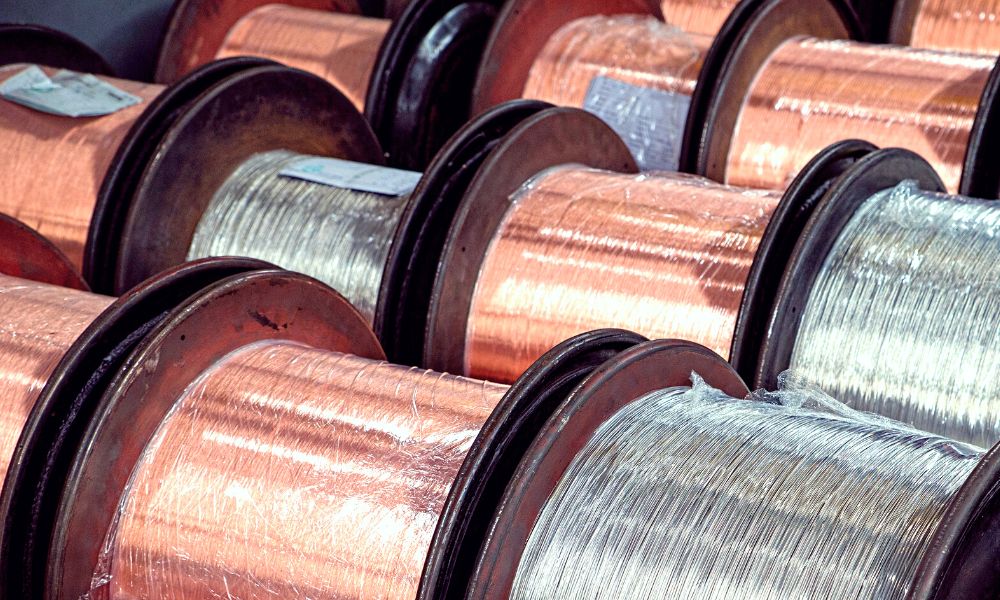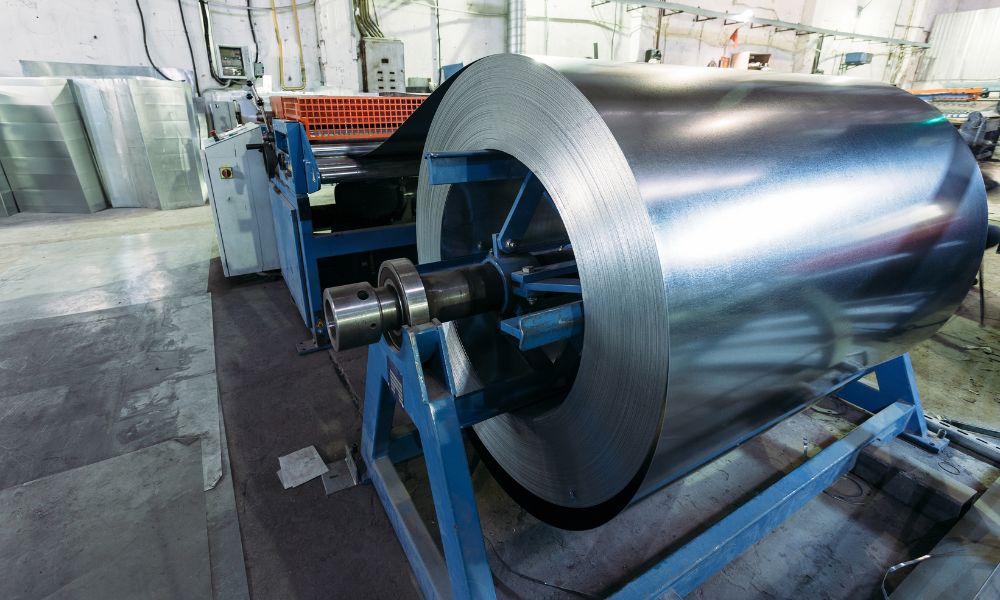Copper vs. Aluminum Wiring: Which Is Better?
Leave a Comment
Copper and aluminum are the two most prevalent materials in wiring. Advantages and disadvantages exist for both, so let us present the unbiased case of which wiring is better between copper and aluminum, letting you make the best decision.
The Case for Aluminum
The opening argument aluminum would make to plead its case in an open court would be its affordability. Aluminum wiring for a home or commercial building can be kinder to your budget, considering it’s half the price of copper wiring. Aluminum is also much lighter than copper, making it easier to work with in certain situations and ideal for longer distances.
You won’t find a more resistant material than aluminum, which is clear when working with power cables. Along with being half the price of copper, aluminum requires about half of the cross-sectional area of copper conductors to convey the same current.
The Benefits of Copper
While aluminum can tout itself as the cost-effective and lighter option, copper would plant its flag as the more durable and conductive material. Many builders prefer copper when the price isn’t a concern because of its long-lasting properties.
The robustness of copper wires makes them less prone to break than their aluminum counterpart. When you are tugging on a wire to pull it through feeders and ports, it’s nice to have the assurance that it remains intact. Copper wire has less thermal expansion than other materials, so excess heat doesn’t cause it to expand.
Aluminum’s Faults
Although aluminum may be the less costly option between the two, there is a good reason for that. Aluminum is nowhere near as strong as copper. The difference in strength is why aluminum is so inexpensive in comparison. An additional downside of aluminum is its vulnerability to corrosion. You know copper is in it for the long haul, but you’ll always be concerned about aluminum wiring.
Copper’s Flaws
The primary negative of using copper boils down to its cost. Unfortunately, some folks don’t have an endless supply of money. They cannot write a blank check to a contractor and tell them to fill it out. Copper wiring is a hefty investment that isn’t in the cards for everyone. On the bright side, you get what you pay for: dependable wiring.
The weight of copper wiring may throw a wrench into construction plans because the extra weight requires more structural support. This consideration will also put a dent in your budget.
Deciding which is better between copper and aluminum isn’t always cut and dry. On the one hand, you save money when you use aluminum, but you’re using a weaker material. You could also use the best long-term solution and take the upfront financial hit.
Regardless of your decision, no job is too big or too small for Thin Metal Sales. We can fulfill your copper sheet metal fabrication needs from one to one-thousand-pound orders.
304 vs. 316 Stainless Steel: Which Should You Choose?
Leave a Comment
If your next project requires stainless steel, do you know which you should choose? It’s important to know the answer to this question for industrial applications. Even small differences in the same metal can substantially impact its performance. Take a closer look at those impacts by reading our comparison of 304 vs. 316 stainless steel metals below.
Comparing Costs
304 and 316 stainless steel metals differ in performance, but that’s not all. Gathering supplies for any project requires a budget limit. After all, supplies, including thin metal sheets and more, come in a variety of options.
When it comes to 304 and 316 stainless steel grades, you must consider how much you want to spend. Simply put, 316 is typically more expensive than 304 stainless steel. That said, you should always consider the performance expectations when determining the value of stainless steel and compare the short-term and long-term side effects.
Contrasting Characteristics
Speaking of side effects, how exactly do 304-grade stainless steel and 316-grade differ in performance? When comparing 304 vs. 316 stainless steel, deciding which to choose depends on the defensive capabilities you need.
Both types of stainless steel provide corrosion resistance, but 304s are more susceptible to corrosion over time. So, if you need the best corrosion and chemical resistance available, consider using 316 stainless steel for the project ahead.
Considering Applications
Thinking about the project ahead is critical because not every jobsite is the same. Thus, choosing the best stainless steel for any given project requires considering the importance of better corrosion resistance.
The presence of more nickel and molybdenum in 316 than in 304 stainless steel provides metal with even better protection for certain applications. These common applications of 316 stainless steel include marine environments, medical environments, and other areas where maximum protection is a must. On the other hand, 304 stainless steel is more common in kitchen equipment. Contact the team at Thin Metal Sales today if you’re ready to find the right thin sheet stainless steel for your next jobsite.

